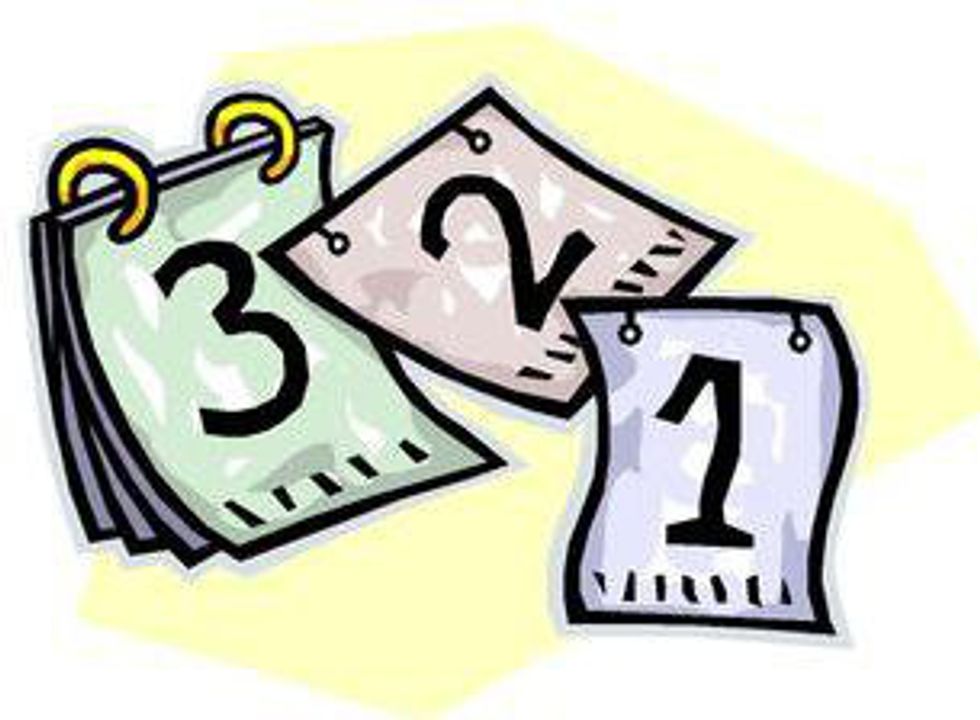The Keto diet has become one of the most popular diets in America. While it's not a new concept, recently this diet has achieved extreme popularity with the likes of Lebron James & Kim Kardashian crediting the diet for helping them lose weight.
So what exactly is the Keto diet? Basically, it's when you trick your body into burning fat for fuel. This is known as putting your body into ketosis and is marked by your liver producing large amounts of ketones for fuel. How is this achieved? Basically by restricting carbohydrate intake and raising fat intake.
How does Keto differ from Low Carb?
People have been utilizing low carbohydrate diets for decades. The Keto diet is another variation of the classic low Carb diet and is similar in a lot of ways to the Atkins diet. The main difference is your fat intake. A lot of people think they will go into ketosis by simply restricting their Carb intake. This is not necessarily true. By restricting your Carbohydrate intake, you are taking away your body's primary source of fuel which is normally converted to glycogen and used in the production of ATP (energy). What most people don't realize is that your body can also convert protein into glycogen through a process called gluconeogenesis (try saying that three times fast). Only by making fat your primary fuel source will you actually achieve a state of ketosis.
How much fat?
The magic ratio is 75/20/5: 75 percent of your diet should come from fat, and 20 percent from protein, while only 5 percent or less can come from Carbs. It's that simple. Track your macronutrients using an app like MyFitnessPal and stick to these values.
It's also worth mentioning that just because you achieve a state of ketosis does not mean that you will lose weight. You will still need to be in a caloric deficit in order to see results. Best bet here is to use an online calculator, hire a diet coach, or use a service like Avatar Nutrition which will give recommendations based on weight, activity and weekly fluctuations.
How do I know when I'm in ketosis?
A lot of people will use ketone testing strips to measure this. This is a useful method to check, but not always 100 percent accurate. Sometimes things that you ingest (such as MCT oil or exogenous ketones) can influence the number of Ketones in your urine. A better bet is to watch for the signs of ketosis. Bad breath is one indicator. Once you start producing Ketones your breath will start to stink and you may get a sweet taste in your mouth. In addition, a few days after starting your diet you may get what is known as the "Keto Flu." This is essentially low energy and brain fog due to the huge restriction of carbohydrates. Once you achieve ketosis, you will have a ton of energy due to the large number of Ketone bodies you are producing.
What to avoid in keto:
BCAA's — BCAA's are metabolized similar to protein and can be converted to glycogen.
Alcohol — While not necessarily a carb, alcohol is converted to energy by your body. While plain hard liquor can be ingested in small amounts, overdoing it will kick you out of ketosis.
The Keto diet is one of the most popular diets out there. Many people use it as an effective weight loss tool, and it differs considerably from classic diets. If you decide to try this diet for yourself, I would urge you to do additional research into how it works and dietary considerations. A lot of people fail at this diet because they don't 100 percent understand what they are doing. It's also a good idea to contact someone who has done the diet before to hear their experience and learn more about what is entailed.



















